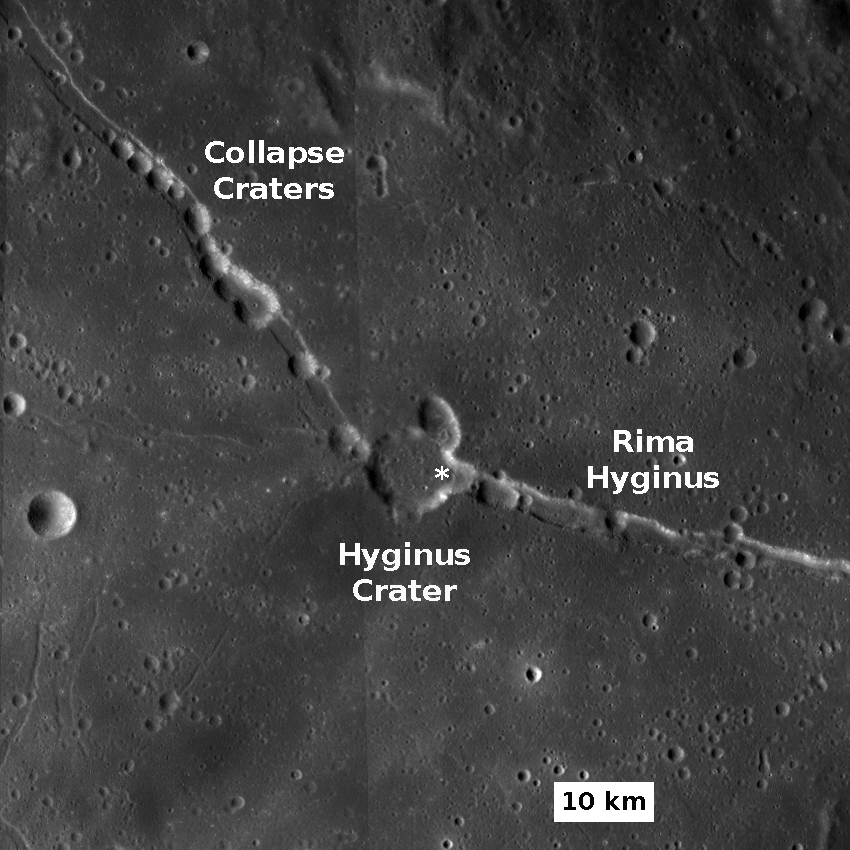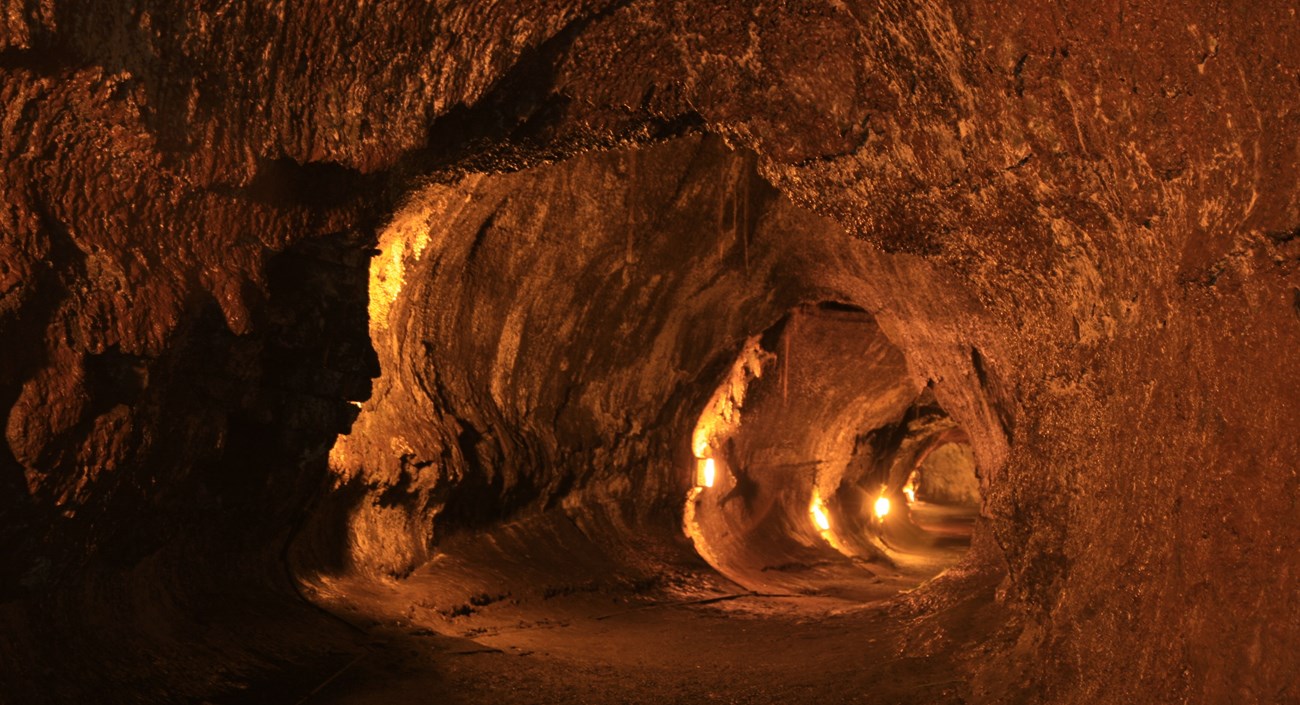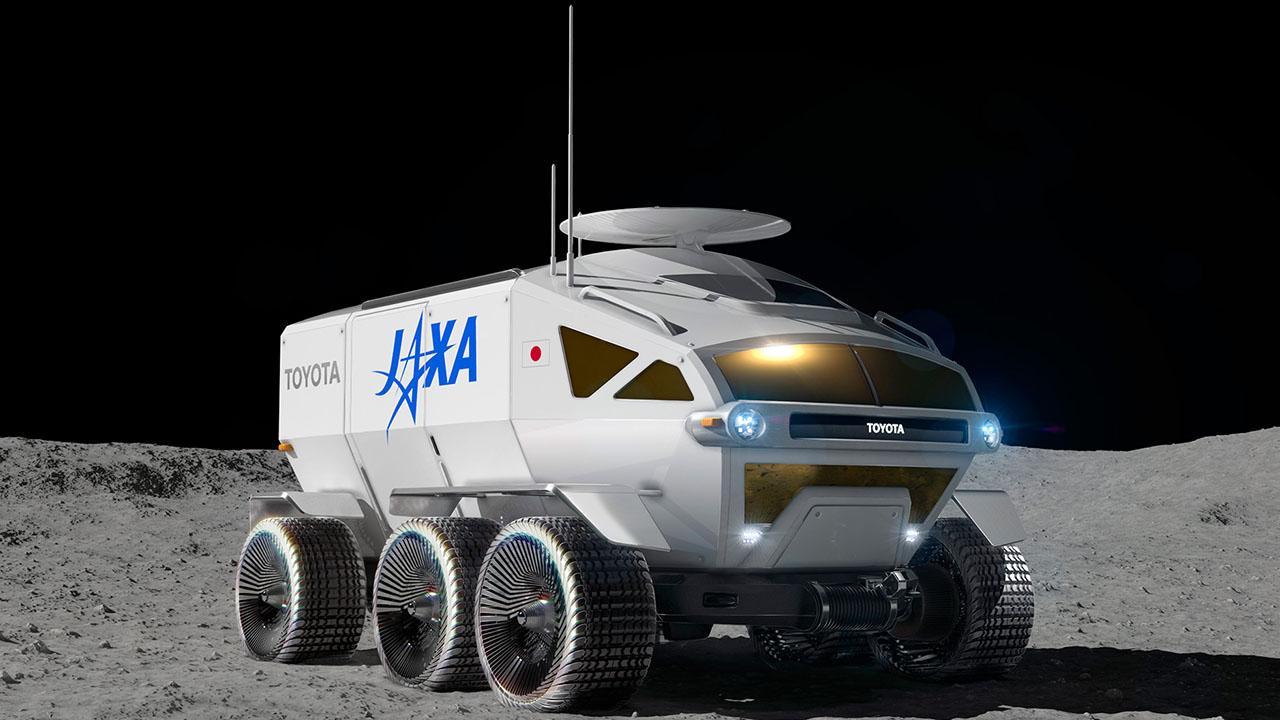Wrinkles in the Plot
 |
| Lunar rilles seen from my backyard through a Celestron 5” f/12 telescope and a 2X Barlow. |
What is common between an old woman, a fox, a three legged toad, a rabbit, Jack and Jill?
All of the above have been characters supposedly plastered on the face of the moon, based on folklore in different countries around the world. Storytellers have used their imagination to explain the light and dark patches that can be seen by naked eye on the moon. We now know that these features called maria - are made of ancient solidified lava that flowed out from the lunar mantle and settled in impact basins eons ago. Humans have given them beautiful names like the “Sea of Tranquility” and “Sea of Serenity”. The other prominent features that can be seen by naked eye on the moon are larger impact craters. These include Copernicus and Tycho with signature rays of ejecta radiating in all directions reminder, of a violent past when meteorites routinely collided with the moon.
 |
Rima Hyginus and Hygins crater seen from the Lunar Reconnaisance Orbiter cameras. [NASA/GSFC/Arizona State University] |
Two specific rilles I focused on are known as Rima Hyginus and Rima Ariadaeus. Both lie to the south of the Sea of Serenity. Rima Ariadaeus the longer of the two is 300 Km long and 5 km wide (compare with the Grand Canyon at 446 Km long and up to 18 Km wide). However this was harder to see and it appeared as a very thin line. Rima Hyginus, though smaller at 220 Km long, on the other hand, appears clear as a shallow "V" shape with the Hyginus crater at its vertex. But there is only so much you can see from a quarter million miles away.
A Nasa spacecraft known as the Lunar Reconnaissance Orbiter (LRO) continuously orbits the moon, one of its missions is to make 3D maps of the surface. Flying merely 30 miles above the moon its cameras yield much more detailed images such as the second one above. One can see what appears as a featureless lines in the first picture are sinuous paths riddled with a chain of closely spaced craters.
Craters of another kind
 |
| A single pit from a larger sinuous chain. Source: LROC, NASA/GFC/ASU |
 |
| Chain of collapsed pits to uncollapsed segment. Source:LROC, NASA/GSFC/ASU |
 |
| Nāhuku- Thurston Lava Tube, Hawaii |
New Age Cave-Men
 |
| Concept of Toyota LUNAR CRUISER, a crewed pressurized rover, expected to launch in 2029 |
References:
-----------------------
- From Nasa.gov: Moon Stories from Around the World - Night Sky Network
- From Lunar Reconnaissance Orbiter CameraScience Operations Center, Phoenix, Arizona:
- Team Japan Sets Sights on Space! Update on LUNAR CRUISER Development
Additional Resources:
----------------------------
Daily Moon Guide - from Nasa's interactive map of observing the moon each day of the year
No comments:
Post a Comment